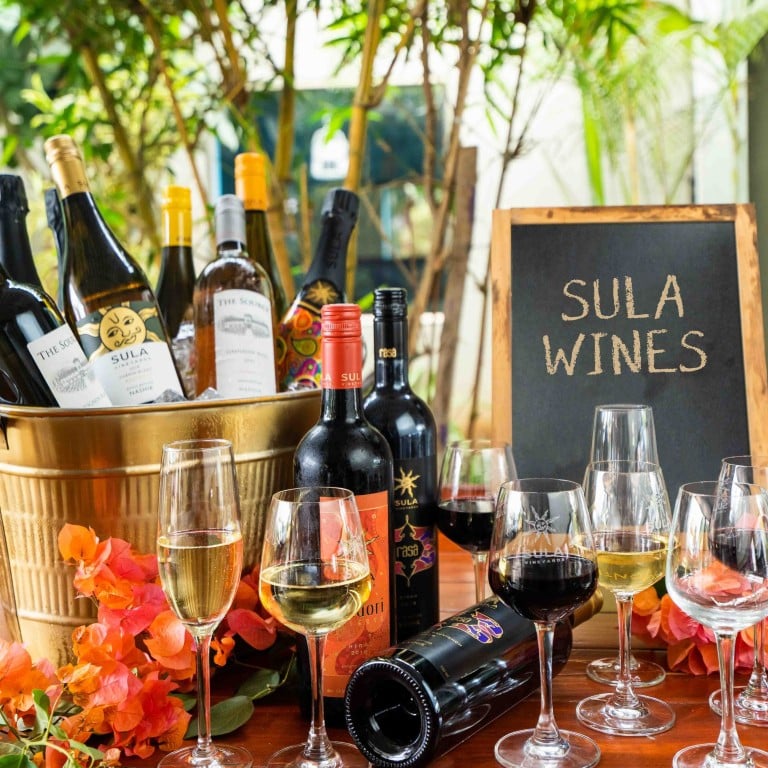Will Western snobs ever take Asian wines seriously? Grapes from China, India, Japan and Korea could be the drinks trend of 2021 – Maharashtra’s Sula Wines once sold one million cases in a year

A bottle by Moët Hennessy-owned Ao Yun can go for upwards of US$300 while Chateau Mercian’s Mariko winery in Nagano, Japan was voted one of the world’s best wine tourism destinations – here are some of the best Asian wines and the challenges they face from Old World oenophiles
As popular as wine is across the globe, as much a part of everyday life as it is in many locations and as accessible as it has become, there are still pockets of chauvinism among wine aficionados – resistance to change, to usage and to new players. Despite technology and consumer attitudes evolving to make wine more approachable, it’s still difficult to convince a California wine fan to sample a Viognier from Texas. That challenge grows exponentially the farther you get from so-called traditional wine regions. It is within this climate that Asian wine producers, led by China and India, are working to win hearts and minds.
Cultivation of Western-style wine grapes dates as far back as 6,000BCE, ironically to what is now Georgia on the border between Europe and Asia, perhaps a bit later in Iran and then Sicily – although China lays claim to being home of the earliest recorded fermented drink. Over the centuries, wine has gone from being an everyday drink in Ancient Rome to an innovative niche product in emerging locations like New Mexico. Wine has weathered phylloxera outbreaks (a devastating French blight in the 1850s), political upheaval (Argentina’s vineyards suffered during the country’s Dirty War of the 1970s and 1980s) and now climate change (only Ontario can ensure naturally frozen ice wine grapes). All the while its appeal has only grown. While old world wine producers in Europe still dominate the conversation, Asian producers are demanding more attention despite negative perceptions.

Maxence Dulou, estate director at Moët Hennessy-owned Ao Yun, knows this all too well. “The majority of people prefer the guarantee of a 200-year-old brand compared to an adventurous fine wine like Ao Yun,” he says. It takes time, but younger, hyper-aware consumers and modern life help. “We are ready to spend many years establishing Ao Yun as an iconic wine.”
Indeed, Asian wines are gaining traction. “We definitely see our customers showing more interest and acceptance compared to a few years back,” says Phebe Wong, marketing manager at UK retailer Berry Bros. & Rudd in Hong Kong. “It is going to be a slow process but in time Asian wines will get accepted, as long as there is sufficient and reliable information in the market that customers can easily access. Like many undervalued or alternative wine regions, if the regions were able to get key influencers, sommeliers and restaurants on board for promotion … Customers will gradually learn to appreciate and understand the value of the wines.”

Asia produces everything from entry-level table wines to fine Bordeaux-style vintages sitting at premium price points. South Korea has been making modest amounts of wine since the mid-1970s, mostly by Lotte-owned Majuang, and with less-than-ideal terroir and climatic conditions.
In Thailand, the diverse soils of the Khao Yai region mean it has most of the country’s best vineyards, growing Chenin Blanc and Syrah grapes among others. Thailand is also blessed with a tourist-friendly environment and so like vineyards in California, Italy or New Zealand, many offer accommodation along with wine activities, among them GranMonte Vineyard and Winery in Khao Yai and Monsoon Valley in Hua Hin (a sparkling wine specialist).
Japan has concentrated its grape growing in Yamanashi and Katsunuma – despite disease threats – since roughly 1970, focusing on cabernet sauvignon, Chardonnay and the local Koshu grapes. This year, William Reed Business Media (which runs the 37-year-old International Wine Challenge) voted Chateau Mercian’s Mariko winery in Nagano prefecture one of the world’s best wine tourism destinations, yet a bottle of Chateau Mercian (Yamanashi), perhaps the best-known Japanese wine, can retail in Hong Kong for as little as HK$260 (US$34) – if you can find it.